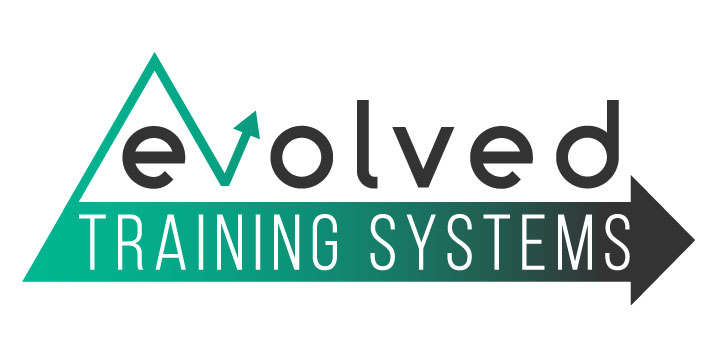In the 1990’s, there was a cardio craze. This was also a time where fat was demonized.
The nutrition knowledge swung drastically in the 2000’s, and suddenly carbs were demonized for a number of years.
In the current day, we realize that fat and carbs are mostly interchangeable, and that protein intake + total calories is what controls the overall result.
However, the notion that cardio is a critical piece of fat loss, still seems to be pervasive.
I am constantly surprised at the number of questions I receive every week, that say something like:
“I am looking to lose some fat, so I know I need to incorporate some cardio (usually running or biking) into the program. What is the best way to do this?”
The truth is, except in rare cases, I prefer fat loss phases implemented WITHOUT typical cardio. I think cardio is more practical in a “massing” phase, as a means of keeping work capacity high as bodyweight rises.
FOR FAT LOSS, the most important element is to have clear diagnostics, which means limiting variables.
The more you can control, and the fewer things that need to be accounted for, the more seamless the process.
Lift + Walk + Nutrition
This is the SIMPLEST and MOST EFFECTIVE model I have ever used for myself and clients.
Begin a fat loss phase with 8-10K steps per day and consume “X” calories (approx. 300-500 below maintenance).
Lift weights, and keep this constant (3-5x per week).
If the scale stalls for 10-14 days, add 2000 steps OR decrease 100 calories. Continue on repeat until your fat loss goals are achieved.
This is literally an almost fail-safe plan to success. Variables are controlled and manipulated as a means of eliciting weight loss.
If we do “cardio” in its typical form, here are a few of the PROBLEMS that arise:
1. Difficult to track energy expenditure consistently
2. Fatigue that often has a negative impact on training (especially lower body)
3. Cortisol elevation (where walking is often cathartic and has the opposite effect)
4. Increase in appetite
5. Potential down-regulation of hormone production at a faster rate
Once you realize that CARDIO isn’t a magic fat loss tool, but rather a way to impact energy balance, we realize just how futile it can be.
You can choose to eat 300 additional calories in a day (one slice of pizza), which would require you to cardio for 20-30 minutes…
Or you can just avoid the 300 calories. Now you don’t have to cardio (saves times and energy), you don’t incur fatigue that impacts your weight training (the thing that will KEEP MUSCLE in a deficit), and you don’t have to deal with being HUNGRIER because you exercised more.
To add one other thought to the discussion…
If you are doing typical cardio and dieting, what happens when the scale stalls? Do you arbitrarily add more cardio? Decrease food? How do you know much is the right amount?
Without discernable and consistent data, the diagnostics aren’t clear, and any changes made to protocol are like throwing darts blind.
By tracking steps and calories, the equation is simple. The adjustments are easy, and the process is streamlined. This has been the protocol I have used with myself and clients for the last two years, and it has changed the game of fat loss and physique enhancement.




